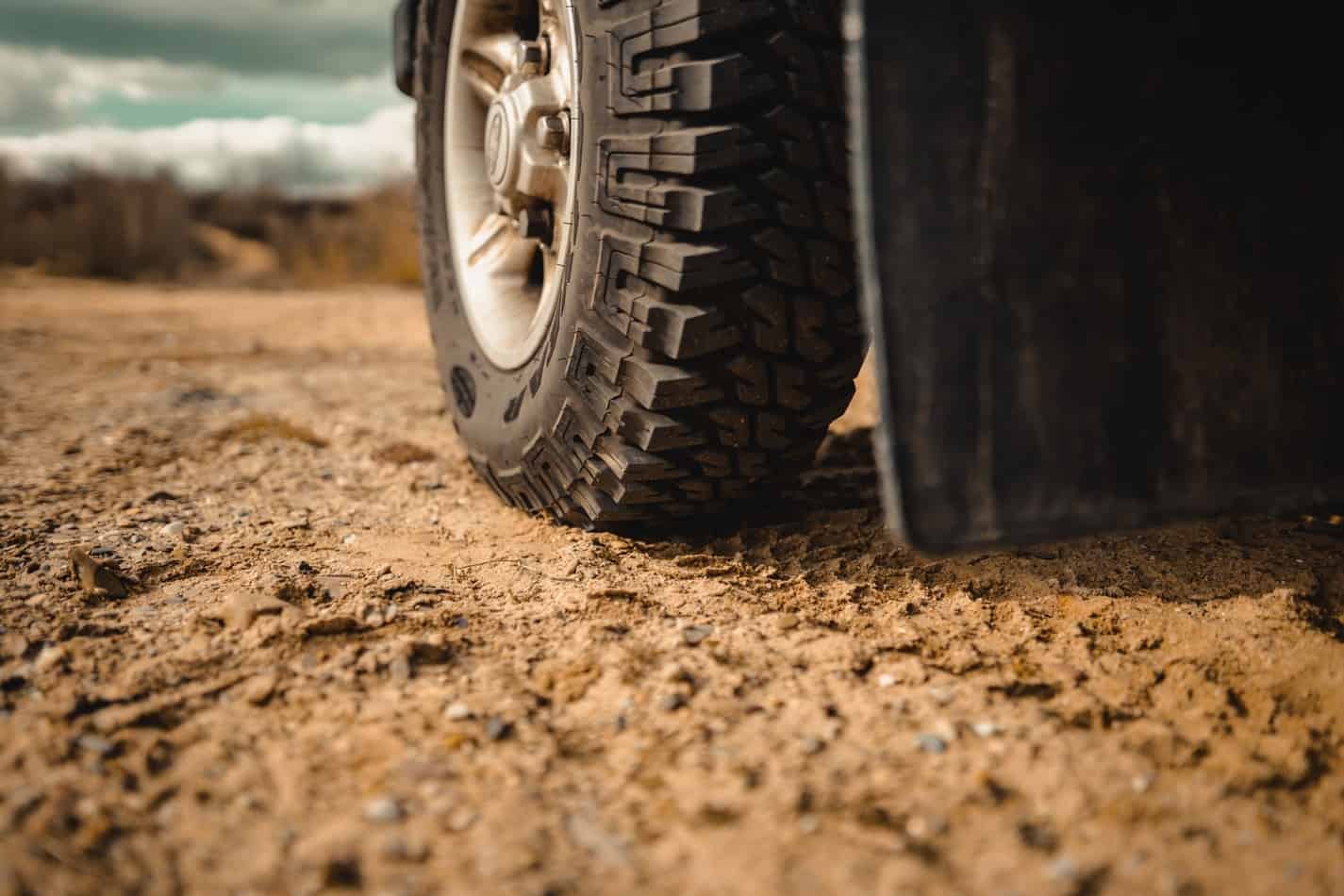Our minds often get the best of us and sometimes we just want to learn something new and oftentimes we may be trying to complete a particular task that we have no idea how to do on our own. That is the point of this article and here we’re going to walk you through how to open your closed brake pads. There are a couple of easy ways that you can fix a locked brake or rubbing brake pad. More often than not brakes as normal you could have a seized caliper or brake pad. Usually, this just means that brake pads are aging or the caliper is rusting.
If you want to know how to separate your closed brake pads or just how to free your brake pads if they are stuck he reading to find out just how easy it can be. Don’t worry the task isn’t as tedious as you would think.
Lift Your Vehicle
As with any task associated with mechanics, it would be helpful to go ahead and lift your vehicle so that the vehicle’s wheels are allowed to suspend. When you do this go ahead and throw your car into neutral. You will need to test each wheel to determine which one has a drag to it. Basically, you want to see which wheel will not turn with your hand.
Inspect The Caliper That’s On Your Disc Brakes First
Here you’re going to remove the bolts of the caliper and pry them from the rotor and the pads. If the caliper ends up coming off with difficulty without the brakes being applied, the piston is usually the issue.
Inspect The Caliper Slides
Make sure that you inspect the caliper slides so that you know if the piston is retracting properly. Beasley can become contaminated over time and the protective rubber is also susceptible to cracking and allowing water, rust, and other corrosive elements to completely seize the slides.
Pry Those Pads Out Of The Caliper Anchor
If you are working with a vehicle that utilizes pads that aren’t clipped to the caliper you’re going to need to pry the pads out of the caliper anchor to continue. Remember to apply some type of high-temperature lubricant at the different contact points of the anchor.
Corrosion may have set in and that is the purpose of taking this step so that you can clean the contact points of the anger and properly remove the rattle clips to clean them in the caliper points underneath them as well. Once you replace the pads and the anchor etc. give it all a retest.
Inspect The Adjustment Of Your Brakes
To adjust or rather too inspect the adjustment of your rear brakes just remove the rubber material from the backing plates of your brakes. You can use a brake adjusting tool and a screwdriver to do this. Once you take everything apart it’s appropriate to use a lubricant here as well to prevent any future seizing. Then you will just reassemble what you’ve taken apart.
Inspect Your Brakes Themselves
Once the drum of your brakes has been removed you’re going to want to inspect the brakes themselves. You want to check the drum for any scoring of damage and replace any components that might be necessary. If a component of the system falls out of the drum after it’s extracted your seized/locked brakes/pads might have been caused by that particular part being wedged between the drum and shoe of the system.
Press The Boards Of The Wheel Cylinder Going Inward
Here you just want to determine if the bores are stuck. The pressure within the braking system generally allows the bore to expand outward. Compressing it or trying to compress it will tell you if it needs to be replaced. You can tell if the board does not return or if you simply can’t compress it at all.
Check The Flow Of Your Brake Fluid
Checking the flow of your brake fluid will allow you to determine if the hydraulic brake fluid is functioning properly. All you need to do is pump the brake pedal at least four times open the bleeder screw as well. Just look for fluids. If no fluid comes out go ahead and remove the bleeder screw. If it does come out just replace the screw or get rid of the club you need to bleed your brake system anytime you replace the hydraulic part of the system.
Inspect Your Power Brake Booster In Cylinders
Make sure to inspect your master cylinder along with your brake booster. You may find that the problem all along was your master cylinder which will require you to check the vacuum line for your booster and then to essentially replace the master cylinder along with bleeding the system. This particular step may pose to be complicated if you aren’t mechanically savvy so, click here to learn how to do this.
Bringing It All Together
There you have it; a few steps on how you can open your closed brake pads and even take it a step farther to be able to determine any underlying issues. As the main takeaway, you can fix the locked brakes pretty easily. Just take your foot off of your brake pedal so that you can get enough traction to unlock them. Simply reapply pressure to the brake if you need to and at a fast pace press the brakes over and over again until the brakes become loose or bring you to a stop if you are moving for any reason.
The most common cause for your brake pads locking up or seizing is that your caliper or brake pads may be damaged from aging or corroding materials. You will usually see a few warning signs before your brake pads get to this point but if not, just follow the steps above to fix it.

